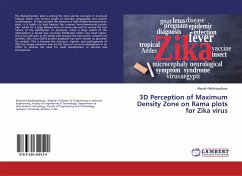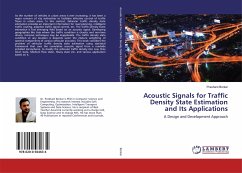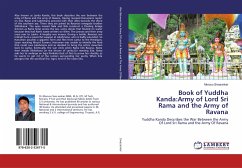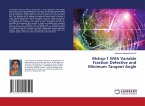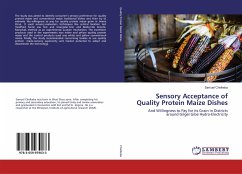The Ramachandran plot is among the most central concepts in structural biology which uses torsion angles to describe polypeptide and protein conformation. To help visualize the features of high-fidelity Ramachandran plots, it is helpful to look beyond the common two-dimensional psi-phi-plot, which for a large dataset does not serve very well to convey the true nature of the distribution. In particular, when a large subset of the observations is found very narrowly distributed within one small region, this is not well seen in the simple plot because the data points congest one another. Zika Virus (ZIKV) protein databank has been chosen as specimen for analysis. This is because the structure, tropism, and pathogenesis of ZIKV are largely unknown and are the focus of current investigations in an effort to address the need for rapid development of vaccines and therapeutics.

